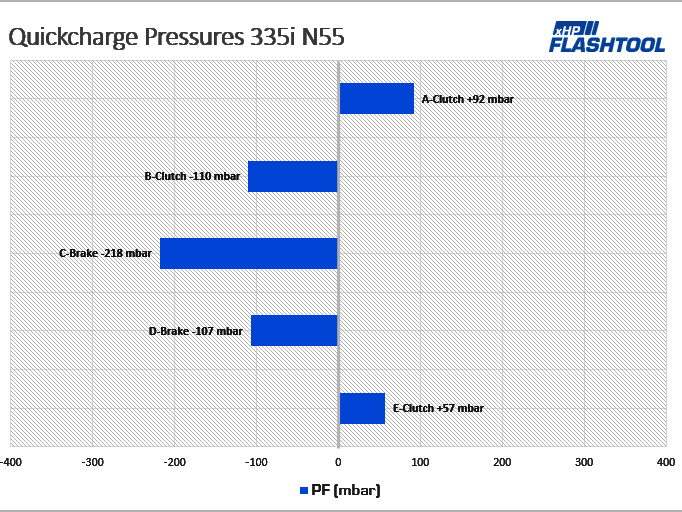The most misunderstood part of transmission control

Since the launch of xHP, customers have asked the same question every week: "Does xHP reset my transmission adaptions when it flashes?" The short answer is no, xHP does not reset the adaptations and they are not reset at all when the transmission is flashed. This means they will not be reset at the dealership when you go in for an update. There are good reasons for this.
First, let's look at what they are and what they're for. Customisations serve two purposes. The first is to overlay the basic maps stored in the TCU with some small offset maps to compensate for mechanical/hydraulic tolerances. No two transmissions are 100% identical in real life, and these differences need to be kept in check. So the aim is to correct the errors in the stored base setting, if you like.
Secondly, every moving part inside the gearbox will wear over its lifetime. This is particularly true of the clutch packs, which are naturally designed to wear. Just as your brake discs wear from friction between the disc and the pads, so your clutches (5 on the 6HP + the torque converter clutch) wear with every shift. Don't panic, most of this wear is controlled by the lubrication provided by the transmission oil. This also explains why an oil change every 60,000 miles or so is not the worst idea, even though BMW does not recommend it. The clutches on the 6HP are typically good for 200,000 miles and much more. Wear on the clutch packs means that they get thinner and thinner over the life of the car.
This leads to the conclusion that the transmission controller must have a function to compensate for this. These are the Quickcharge times and Quickcharge pressures. They are there to compensate for the longer travel the piston needs to actuate the clutch before it starts to bite. This is the same principle used in your braking system and in a manual clutch to compensate for wear. It's more complicated in the gearbox, but the logic is the same.
So, knowing this, what is the point of regularly resetting the adaptations? The simple answer: Nothing. In rare cases, with transmissions that already have very high positive adaptations, it can even cause your transmission to refuse to shift and you will have to rebuild it before it will work again. And this is the reason why the adaptations are not reset by the dealer during service. The only reason for this is if the transmission hardware has been changed.
Below you can see typical (basic) settings for a 335i with around 60,000 miles. Typical min/max values are -+400 mbar for pressure adaptation and +-40 ms for quickcharge times. Values above or below are treated as "out of tolerance", but the transmission can still run and shift "normally" at +700 mbar.
